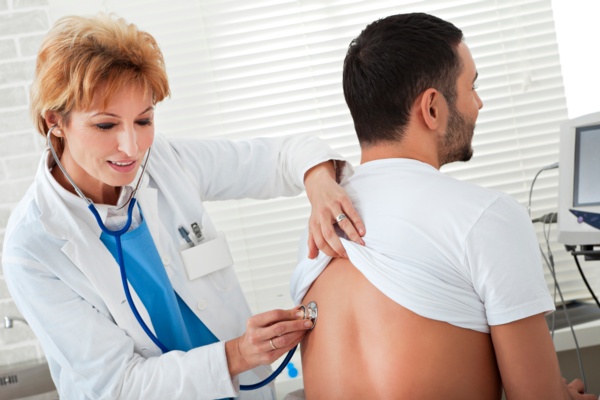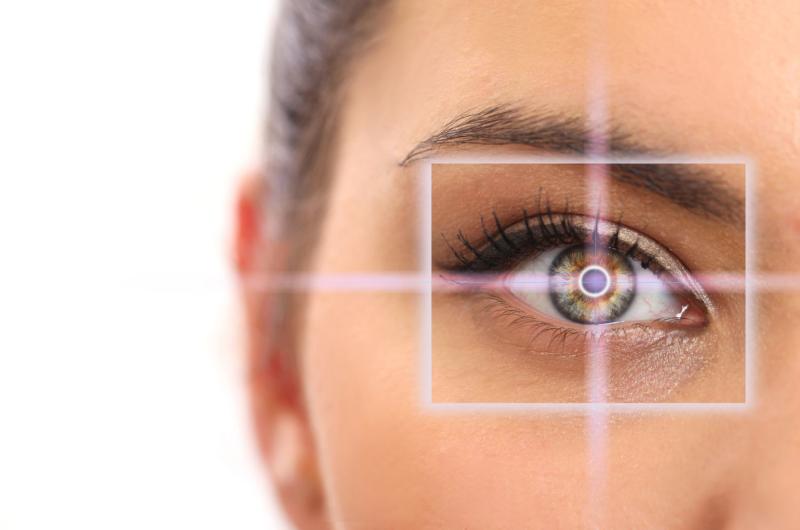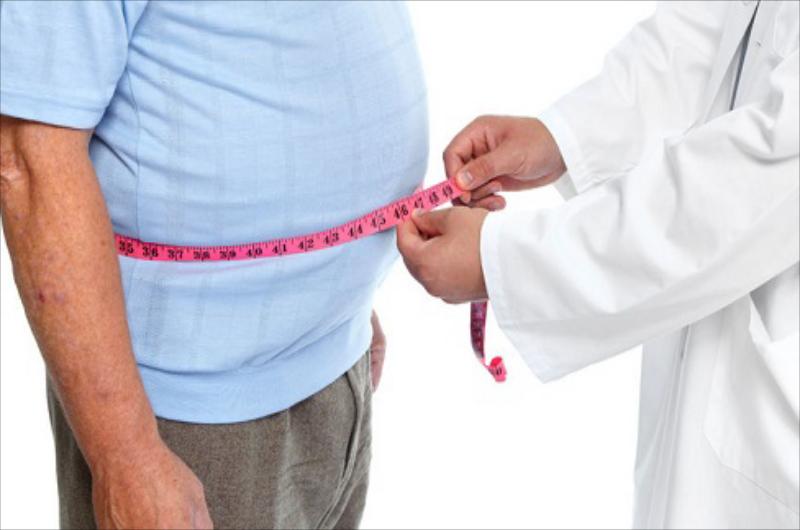About Treatment
Depending on the localization, individual characteristics of the organism and the form of tuberculosis, the symptoms can be very diverse. If the symptoms of tuberculosis in adults are detected early, then the disease responds well to treatment. Late diagnosed, advanced pulmonary tuberculosis is often incurable.
Tuberculosis - is an infectious (capable of being transmitted from a sick person to a healthy person) disease caused by a specific pathogen - bacteria of the genus Mycobacterium.
Causative agent
The most common pathogen is Koch's bacillus, a bacterium discovered in 1882 by the German microbiologist, Nobel laureate Robert Koch. They are very tenacious, perfectly resist the effects of aggressive factors and do not disintegrate even when using modern disinfectants.
The typical site of infection is the lungs, but tuberculosis of the skin, bones, eyes, lymphatic, genitourinary, digestive, and nervous systems is also distinguished.
How is tuberculosis transmitted?
It is important to remember that infected people are the main sources of TB infection. Infection is transmitted by inhaling air with pathogens dispersed in it. The main ways how the disease is transmitted:
Airborne droplets are the main route of transmission. Mycobacteria are released into the air with particles of sputum, saliva when talking, coughing or sneezing a patient in an open form (a form in which pathogens are released into the environment) of tuberculosis;
Contact-household - when using dishes, personal hygiene items, linen of a sick person;
Alimentary (food) - when eating products obtained from infected animals;
Intrauterine - from a sick mother to a fetus during pregnancy or during childbirth.
The presence of tuberculosis infection in a person in the absence of signs of the disease itself is not tuberculosis. When a person develops active tuberculosis, symptoms (cough, fever, night sweats, weight loss, etc.) can be mild for many months.
Certain first signs can be distinguished by which one can suspect the development of pulmonary tuberculosis in adults:
weakness;
lethargy;
dizziness;
poor appetite or lack of it;
apathy;
poor sleep;
night sweats;
pallor;
weight loss;
subfebrile body temperature.
The presence of these symptoms is a significant reason for visiting a doctor and additional examination for pulmonary tuberculosis. If a person missed this moment, then symptoms from the respiratory system are added to this symptomatology:
cough - most often with sputum;
dyspnea;
hemoptysis - from blood streaks in sputum to significant pulmonary bleeding;
chest pain, worse when coughing.
The last 2 symptoms are signs of complicated forms of the disease and require immediate treatment of pulmonary tuberculosis.
With tuberculosis, it is important not to miss the first symptoms when the chance of curing the disease remains high.
However, there are some nuances here, because often pulmonary tuberculosis proceeds for a long time without noticeable symptoms, and is discovered quite by accident, for example, during fluorography.
For most forms of pulmonary tuberculosis, the following symptoms are characteristic:
The general condition of a person - adults with limited forms of tuberculosis complain of increased fatigue, weakness, especially in the morning, and a decrease in working capacity is also characteristic.
Cough. Dry to wet, with noticeable sputum discharge. It can be cheesy, purulent. When blood is added, it takes the form from "rusty" to an admixture of liquid, not changed (hemoptysis).
General appearance: patients lose weight up to 15 or more kilograms, therefore they look thin, the face is pale, the facial features are sharpened and therefore it seems more beautiful, against the background of pale skin, a blush on the cheeks is noticeable.
Dyspnea. It is caused by the contraction of the respiratory surface of the lungs during inflammation and sclerosis (scarring).
Increase in body temperature: in limited forms, the increase in temperature is insignificant (37.5-38 C), but prolonged.
Temperature rises in the evening or at night, at night there is profuse sweating, chills.
Chest pain. They join in the advanced stages of the disease and during the transition of the tuberculous process to the pleura.
In childhood, tuberculosis develops somewhat differently than in adults. This is due to the underdeveloped immune system of the child. The disease progresses much faster and leads to the most dire consequences.
These signs should alert parents:
cough lasting more than 20 days;
prolonged temperature rise;
loss of appetite;
fast fatiguability;
noticeable weight loss;
decrease in attention;
signs of intoxication.
In general, the symptoms of tuberculosis in children, as in an adult, depend on the form of the disease and on the localization of the infectious process.
There are the following consequences of pulmonary tuberculosis:
Pneumothorax is the accumulation of air in the pleural space - the space surrounding the lung.
Respiratory failure. With massive tuberculous lung damage, the volume of effectively working lungs decreases, which leads to a decrease in blood oxygen saturation.
Heart failure. Usually accompanies respiratory failure.
Amyloidosis of internal organs.
Pulmonary bleeding. It can develop when a vessel in the lungs is destroyed as a result of tuberculous inflammation.
Prevention of the development of tuberculosis consists in the timely сarrying out of preventive studies, first of all, fluorography, as well as the identification of persons with an open form of the disease and their isolation.
Vaccination - performed on the 5-7th day of life, revaccination is carried out for children aged 7, 12 and 17 years old, as well as adults under 30 years old, in whom Mantoux test gave a negative or doubtful result.











